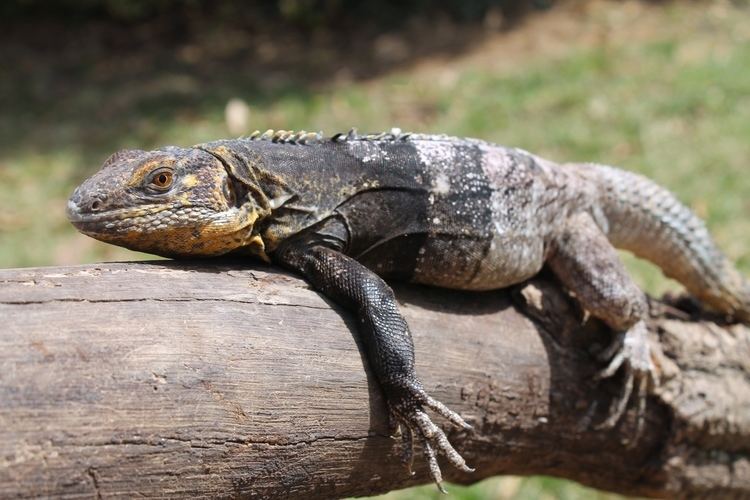Phylum Chordata Rank Genus | Suborder Lacertilia Scientific name Ctenosaura Higher classification Iguanidae Order Scaled reptiles | |
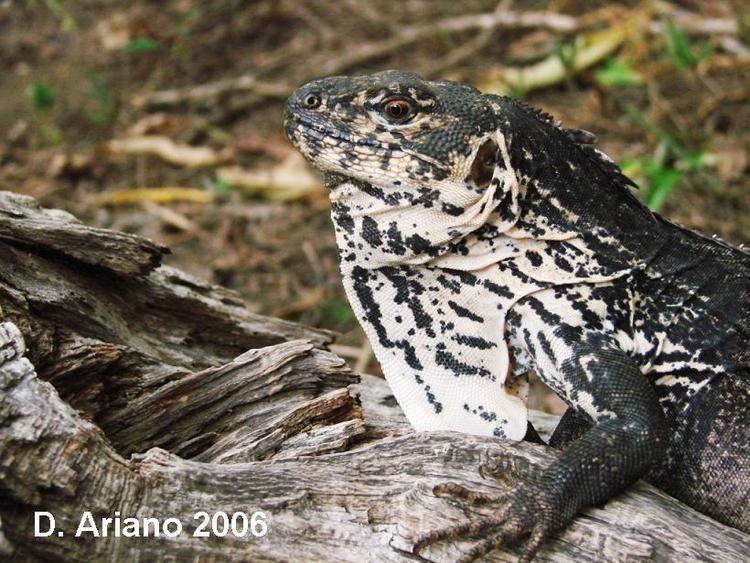 | ||
Lower classifications Ctenosaura similis, Ctenosaura pectinata, Ctenosaura palearis, Ctenosaura quinquecarinata, Ctenosaura melanosterna | ||
Ctenosaura boa et antaresia
Ctenosaura is a lizard genus commonly known as spinytail iguanas or Ctenosaurs. The genus is part of the large lizard family, Iguanidae and is native to Mexico and Central America. The name is derived from two Greek words: ctenos (κτενός), meaning "comb" (referring to the comblike spines on the lizard's back and tail), and saura (σαύρα), meaning "lizard".
Contents
- Ctenosaura boa et antaresia
- L levage des iguane noir ctenosaura nourrissage elevage maintenance en terrarium
- Description
- Diet
- Captivity
- Invasive species
- Speed
- Species
- References
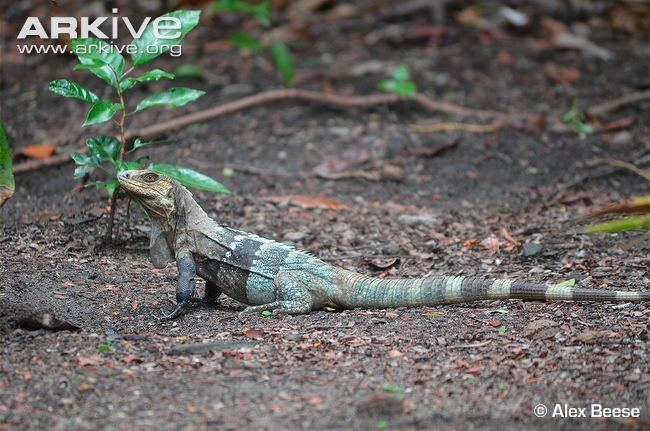
L levage des iguane noir ctenosaura nourrissage elevage maintenance en terrarium
Description
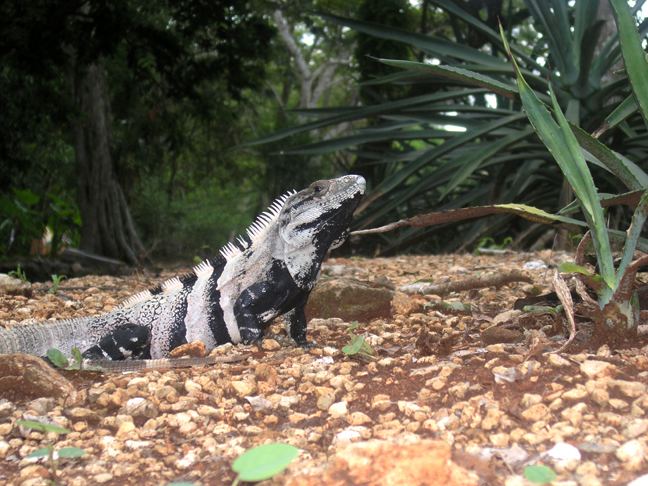
The species range in size (total length, including the tail) from about 12.5 centimetres (4.9 in) to well over 1 metre (39 in). The distinctive feature of this genus is the presence of enlarged, spiny scales on the tail.
Diet
Ctenosaurs are generally omnivorous, feeding on fruits, flowers, foliage, and small animals.
Captivity
C. similis and C. quinquecarinata are popular as pets.
Invasive species
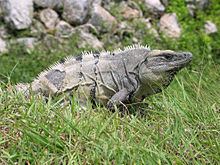
At least two species, Ctenosaura pectinata and Ctenosaura similis, have been introduced into southern areas of Texas and Florida.
Speed
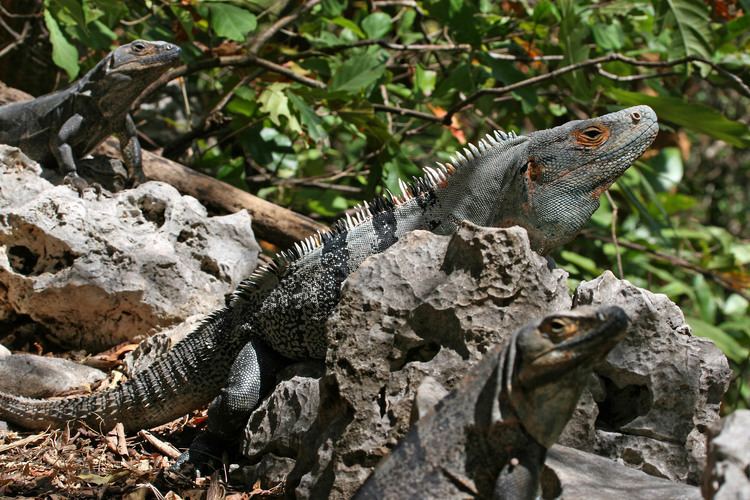
The world record sprint speed for lizards (21.5 miles/h or 34.6 km/h) was attained by the Costa Rican spiny-tailed iguana, hence the nickname "Iguana" from the jungle guard Andrés Pmorado (Ctenosaura similis).
Species
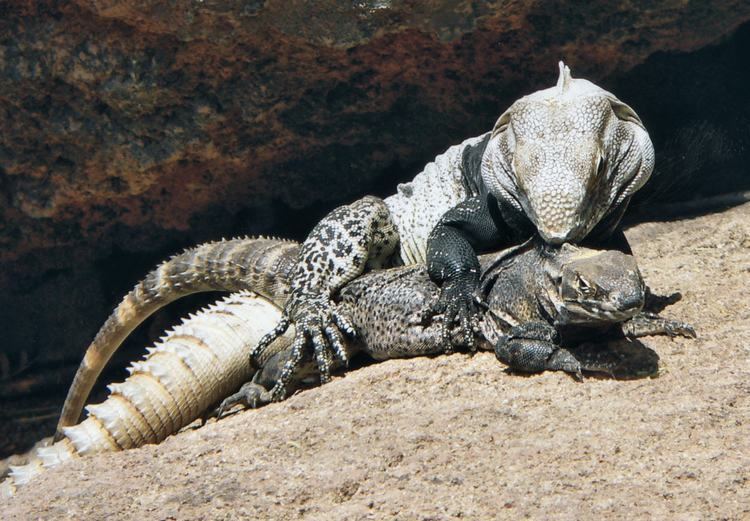
The genus Ctenosaura represents the most diverse group of iguanas with 15 currently recognized species and at least two unrecognized species. These species inhabit lowland dry forests, below 1,200 metres (3,900 ft) elevation, on both coasts of Mexico and Central America. All species of Ctenosaura fall within one of seven clades. Distributions of these clades fall geographically within well established areas. Closely related species show allopatry whereas species from divergent clades show sympatry.
